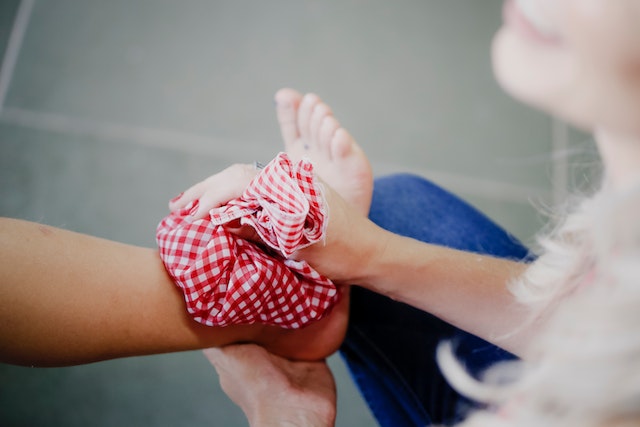
What is the Sadhu Board?
The Sadhu board, also known as a bed of nails, is made of wood and embedded with dozens of sharp nails. The nails are typically spaced a few centimeters apart to allow for even distribution of pressure on the body's acupressure points. To use the board, one lies or stands on it, allowing the nails to press against the body. The pressure of the nails is believed to stimulate blood flow and promote relaxation, reducing stress and tension in the body.
Beginners should start by standing or lying on the board for a few minutes at a time, gradually increasing the time as their body becomes more accustomed to the sensation. It's important to note that the nails should not puncture the skin, so beginners should start with a board that has fewer or shorter nails to avoid injury. Once comfortable, practitioners can gradually increase the number of nails and the duration of the practice.
What is the Sadhu Board?
The Sadhu board, also known as a bed of nails, is made of wood and embedded with dozens of sharp nails. The nails are typically spaced a few centimeters apart to allow for even distribution of pressure on the body's acupressure points. To use the board, one lies or stands on it, allowing the nails to press against the body. The pressure of the nails is believed to stimulate blood flow and promote relaxation, reducing stress and tension in the body.
Beginners should start by standing or lying on the board for a few minutes at a time, gradually increasing the time as their body becomes more accustomed to the sensation. It's important to note that the nails should not puncture the skin, so beginners should start with a board that has fewer or shorter nails to avoid injury. Once comfortable, practitioners can gradually increase the number of nails and the duration of the practice.













